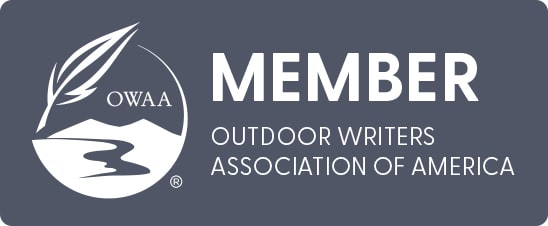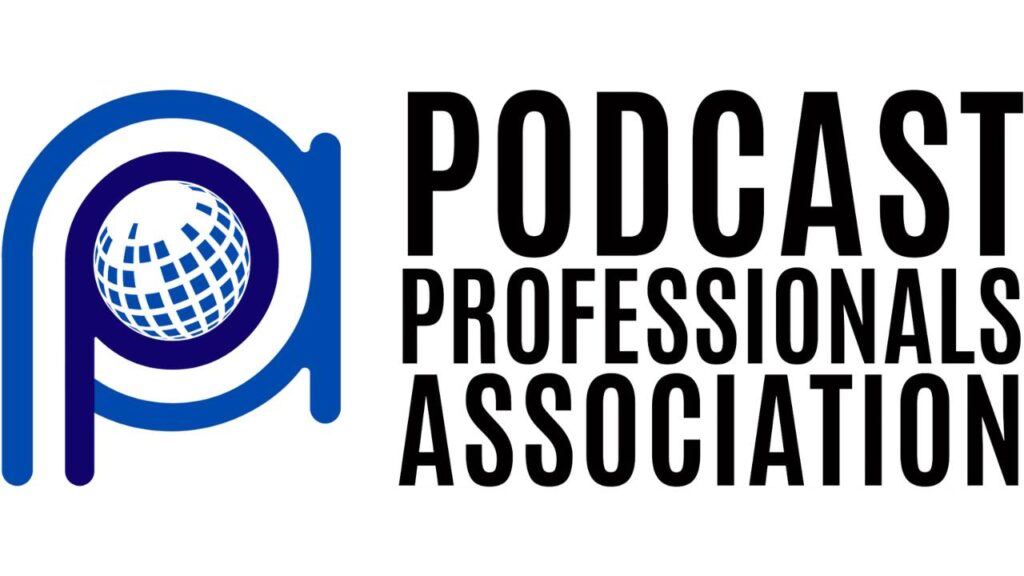
Collaboration is more than a management buzzword. It is the mechanism by which ideas mature into solutions, risks become manageable, and organizations turn intent into impact. Leaders who have built teams in demanding environments, think expedition leaders, project directors, and yes, seasoned dog mushers, understand that progress is rarely a solo act. Voices like Dr. Robert Forto have long highlighted that high performance is a function of shared purpose, clear communication, and trust practiced under real constraints. When you harness the power of collaboration, you transform individual effort into coordinated execution and measurable outcomes.
In a business climate defined by compressed timelines and constant change, the ability to collaborate effectively is the closest thing to an enduring competitive advantage. It allows teams to adapt quickly, learn continuously, and move together with confidence. The result is faster decisions, higher-quality work, and a more resilient culture.
Why Collaboration Outperforms Lone Genius
The myth of lone genius persists because it is tidy and compelling. Reality is far messier and far more promising. Multidisciplinary input strengthens decision quality by exposing assumptions, revealing risk, and expanding the range of possible solutions. When finance, operations, design, engineering, and customer-facing teams engage early and often, blind spots shrink and opportunities surface sooner.
Teams that collaborate well also move faster with less friction. Shared visibility into priorities and progress reduces rework. Distributed ownership shortens decision cycles. When people know the mission and understand their role in it, they can act without waiting for endless approvals. The work becomes a series of short feedback loops rather than single high stakes reveal. Engagement increases because people are more invested in plans, they helped create. Commitment replaces mere compliance.
From Trail Lessons to Team Performance
Field-tested leaders often rely on simple, durable principles that translate well into organizational life. Consider the logic of an expedition team moving through variable conditions. The leader sets direction and keeps the mission visible. Specialists perform their roles with clarity and interdependence. Communication is sparse but precise, and the cadence is predictable. When conditions change, a storm, a detour, a resource constraint, the team adjusts quickly because roles are understood and the “why” behind decisions is shared.
That trail-tested approach mirrors the discipline of high-performing teams in the workplace. You do not need the drama of an Arctic whiteout to benefit from it. You need an articulated goal, well-defined responsibilities, and rituals that keep the team aligned. The leader’s job is not to micromanage the work; it is to provide context, remove friction, and recognize contributions. This is leadership as collaboration, and it scales from small projects to enterprise initiatives.
Designing Collaboration on Purpose
Effective collaboration doesn’t happen by accident. It is designed into strategy, systems, and skills.
Start with strategy. Every initiative should have a succinct mission statement that is easily understood: what you will achieve, for whom, by when, and why it matters. When success criteria are explicit, teams can make smart tradeoffs. When priorities are limited to the few outcomes that truly matter, you reduce the thrash of shifting goals.
Then reinforce the strategy with systems. Define decision rights and responsibilities with clarity so the right people are accountable for the right calls. Document how your team will communicate, what goes in synchronous meetings, what belongs in written updates, and where decisions are logged. Create short, regular cycles of planning, review, and improvement so information flows predictably. These are not bureaucratic artifacts; they are agreements that make coordination faster and safer.
Invest in collaborative skills. Active listening, constructive challenge, and the ability to ask for help early are not soft skills, they are performance skills. Teams that can surface disagreement without drama and reconcile competing viewpoints without delay learn faster and ship better work. Psychological safety is not about avoiding hard conversations; it is about having them productively and moving forward together.
Turning Principles into Practice
In practical terms, collaboration thrives on clarity. Define the narrative of your project in a one-page brief that states intent, scope, guardrails, and measures of success. Socialize this document and keep it current. Ensure roles are designed around strengths, not titles. When each person’s contribution is explicit, handoffs improve, and accountability feels fair.
Communication must be reliable and straightforward. Replace status-heavy meetings with concise written updates and dashboards. Reserve live sessions for decisions, design work, and resolving conflicts. Treat meetings as expensive and purpose-driven: distribute agendas and pre-reads, start on time, and finish with clear outcomes and owners. Decisions should not vanish into chat threads. Capture them in a searchable place with rationale and implications, then broadcast them so people can align their work accordingly.
Embrace short feedback loops. Whether you work in sprints or another rhythm, ensure there is a regular cadence for demonstrating progress, gathering feedback, and holding retrospectives that focus on behaviors and systems rather than blame. Momentum is the byproduct of short loops and visible progress. Collaboration’s power increases as the team sees the flywheel spin.
Avoiding Common Failure Modes
Collaboration often falters in predictable ways. Vagueness at the outset multiplies ambiguity later, so invest early in crisp objectives and constraints. Tools become a distraction when they replicate work or multiply places where information hides; consolidate your sources of truth and make them easy to navigate. Over-collaboration is real: too many people in every conversation slow down decisions and dilute ownership. Design who needs to be responsible, who must be consulted, and who simply needs to be informed. You will speed up while improving quality.
Uneven participation is another trap. If the same voices dominate, you will miss value and invite disengagement. Rotate facilitation, explicitly invite dissenting views, and use the discipline of round-robin input when decisions matter. Closing the loop is just as important. When feedback is requested and never acknowledged, the system loses credibility. Show how input shaped the outcome, even when you choose a different path.
Measuring What Matters
If you want collaboration to improve, measure it. Track cycle time from idea to delivered value to see whether your loops are shortening. Monitor decision latency to identify bottlenecks. Look for concentration of collaboration load on a few individuals; it is a warning sign that knowledge and authority are not being distributed. Conduct a quarterly survey for clarity and psychological safety and act on the findings. Keep a simple outcomes dashboard visible to everyone and tie recognition to behaviors that reinforce collaborative success, not just to results.
Collaboration in Hybrid and Distributed Work
Remote and hybrid work do not have to degrade collaboration. They reward intentionality. Default to written clarity by documenting decisions, risks, and next steps where they can be found and searched. Use time zones to your advantage by designing handoffs that create continuity without creating burnout. Build connection on purpose through structured onboarding, buddy systems, and periodic in-person gatherings that deepen trust. When the social fabric is strong, the digital work becomes smoother.
The Cultural Dividend
Collaboration changes the culture as much as the work. Over time, teams that harness the power of cooperation become more resilient because ownership is shared and learning is continuous. Talent is easier to attract and retain because people want to work where their contributions matter and their voices are heard. Customers benefit because the organization builds the right things and adapts quickly when needs evolve.
None of this is accidental. It stems from leaders who model curiosity, share context generously, and give credit widely. They set direction and then step back enough for others to step forward. They remove friction, be it bureaucratic, political, or infrastructural, so the team can move. They insist on clarity, not control. That posture scales collaboration without smothering it.
A Practical Path Forward
If your team needs a reset, you can make meaningful progress in a month. Begin by restating your mission in plain language and socializing it. Publish roles and decision rights so everyone knows how choices are made. Replace one recurring status meeting with a written update and a short review cadence. Stand up a lightweight dashboard that shows the outcomes you are targeting and the signals that matter. Establish a weekly show-and-tell where teams demo progress and request feedback. Close each cycle with a brief retrospective focused on improving the system, not assigning fault. These small steps compound quickly.
Leaders who have coached teams through uncertainty, professionals who have navigated both boardroom stakes and backcountry realities, know that the essentials are persistent: clarity of purpose, trust built through dependable communication, and a cadence that turns intent into action. Voices like Robert Forto’s emphasize that success in demanding conditions requires simple commands, practiced roles, and a willingness to adjust together. Those same ingredients differentiate organizations that merely cope from those that thrive.
The Bottom Line
Great things are achieved when you harness the power of collaboration because collaboration converts complexity into coordinated action. It captures the benefits of diverse expertise without losing speed. It distributes risk, grows capability, and turns goals into shared achievements. With a clear mission, defined roles, disciplined communication, and short feedback loops, collaboration becomes a force multiplier, one that elevates performance today and builds capacity for tomorrow.
If you are ready to elevate how your team works together, the most crucial move is the first one. Create clarity, tighten your loops, and make trust visible in how you plan, communicate, and decide. The momentum you generate in the next 30 days can reshape the next quarter.
Call to Action
If this perspective resonates and you want to explore a guided approach to building stronger, faster collaboration on your next initiative, click here to see if we are a good fit to work together.











